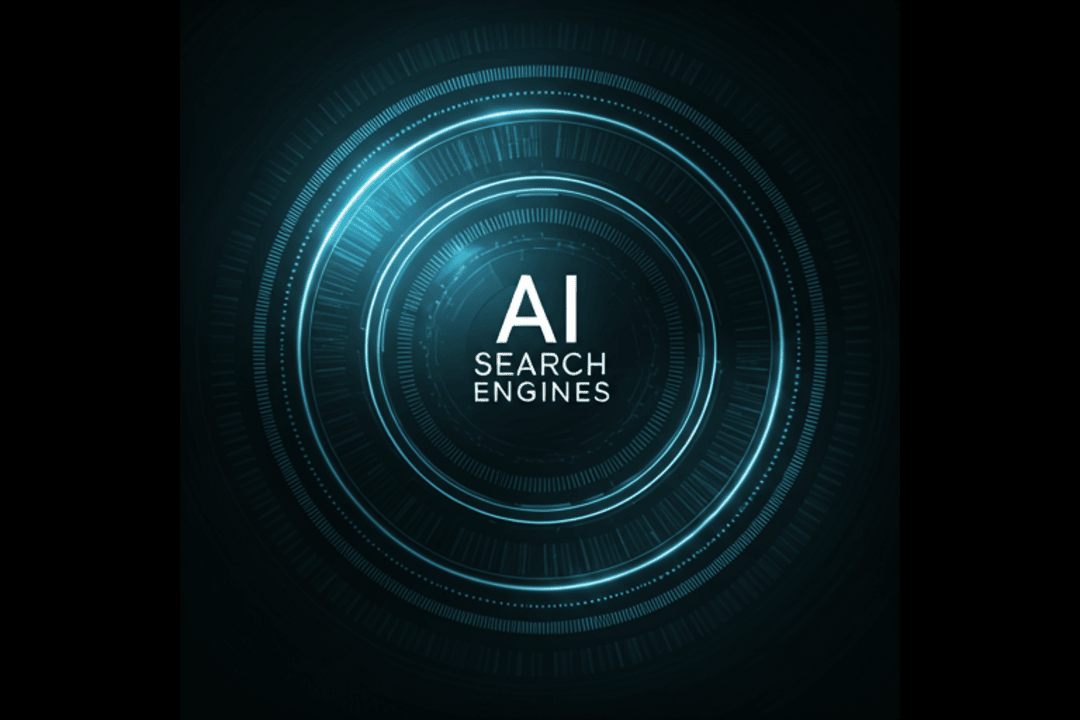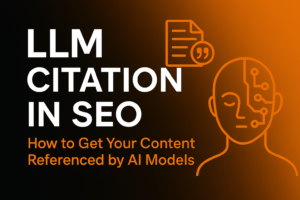The rise of AI-driven search engines like ChatGPT, GeminiAi, Microsoft Copilot and Perplexity.ai is transforming the way users find information online. Unlike traditional search engines, which rely heavily on keywords and backlinks, these advanced systems prioritize intent-based searches and conversational queries. For businesses and marketers, this means adapting SEO strategies to align with the unique capabilities of AI search engines. Understanding and implementing these changes is essential to staying competitive in this growing digital landscape.
AI search engines aim to provide users with context-rich and personalized results, often pulling information directly from content to generate comprehensive answers. As a result, ranking on these platforms requires more than just traditional SEO techniques. In this blog, we’ll explore ten actionable strategies to help your website succeed in the era of AI-driven search.
Understanding AI Search Engines
AI search engines operate differently from traditional ones by interpreting the intent behind user queries. These systems analyze natural language patterns, making them adept at understanding conversational queries and delivering nuanced responses. For example, if a user searches for “best cafes nearby that serve vegan desserts,” an AI search engine will prioritize results that align with these specific preferences rather than just returning a list of local cafes.
A key feature of AI search engines is their dependence on semantic search. This approach evaluates the meaning of words in context rather than treating them as isolated keywords. As a result, optimizing for AI-driven search engines involves focusing on the quality, context, and structure of your content.
The Top 10 Strategies to rank on AI search engines
1. Focus on Conversational Keywords
AI search engines emphasize natural language processing, so it’s essential to shift from short, generic keywords to conversational phrases. For instance, instead of targeting “best smartphones,” you might optimize for “What are the best smartphones for photography?”
Real-World Example: A travel blog could target queries like, “How can I find budget-friendly accommodations in Paris?” By addressing specific user questions, the content becomes more relevant to AI-generated results.
2. Create AI-Friendly Structured Data
Websites with structured data see a 20-30% increase in click-through rates, as highlighted in multiple SEO studies. Structured data, such as schema markup, helps AI engines understand your content better. This data highlights key elements of your website, like product prices, reviews, and FAQs, making it easier for AI to extract relevant information.
Example: A recipe website could use structured data to showcase preparation time, ingredients, and nutritional values, which AI search engines can display directly in search results.
3. Prioritize Semantic Search Optimization
Semantic search optimization involves creating content that addresses user intent rather than simply matching keywords. Focus on answering common questions, providing in-depth explanations, and including related topics in your content.
Tip: Tools like Google’s “People Also Ask” section can offer insights into related queries, helping you expand your content to address broader user needs.
4. Improve Website Speed and Performance
Google research shows that a one-second delay in page load time can result in a 7% reduction in conversions. AI search engines prioritize user experience, and a slow website can hurt your rankings. Optimize your site by compressing images, enabling browser caching, and reducing unnecessary scripts.
Example: A retail website that loads in under three seconds can see improved visibility and reduced bounce rates, both of which contribute to better rankings.
5. Produce High-Quality, Interactive Content
Interactive content like quizzes, calculators, and interactive infographics can engage users and provide value, making it more likely to be featured in AI-generated responses.
Example: A fitness website could create a “Workout Plan Generator” tool that tailors exercises based on user input, making it a prime candidate for AI search engines to showcase.
6. Use Natural Language in Your Content
Write content as if you’re speaking directly to your audience. Avoid overly formal or robotic tones, and aim for clarity and relatability.
Example: A finance blog could explain “What is compound interest?” in simple terms, using examples like, “Imagine you deposit $100 in a savings account that earns 5% interest annually. After the first year, you’ll have $105. The next year, you earn interest on $105, not just $100.”
7. Optimize for Voice Search Queries
By 2025, it’s estimated that 50% of all searches will be voice-based. Voice search queries are often longer and more conversational. Optimize your content by including question-based headings and answers that are concise and easy to understand.
Real-Life Example: A local bakery could target voice search queries like, “Where can I buy gluten-free cupcakes near me?” by updating their content and metadata to include such phrases.
8. Implement AI-Powered Chatbots for Engagement
AI-powered chatbots not only improve user experience but also provide additional data for search engines to analyze user intent and behavior.
Example: An e-commerce site could use a chatbot to guide users through product selection, answering questions like, “Which laptop is best for gaming under $1,000?” This interaction can increase engagement and improve search rankings.
9. Ensure Mobile-First Design and Accessibility
With the majority of searches occurring on mobile devices, a mobile-first approach is non-negotiable. Ensure your website is responsive, loads quickly, and is accessible to users with disabilities.
Example: A restaurant website with a mobile-friendly design that highlights its menu, location, and booking options will perform better in AI search rankings.
10. Leverage AI Tools for SEO Analysis and Predictions
AI tools like Clearscope, SEMrush, or SurferSEO can analyze your content and provide recommendations based on real-time data. These tools help you stay ahead by predicting trends and optimizing your content accordingly.
Example: By analyzing competitor performance, an AI tool might suggest adding specific FAQs to your product page to capture long-tail queries effectively.
Conclusion
Adapting to the rise of AI-driven search engines requires a strategic shift in how content is created and optimized. By focusing on conversational keywords, leveraging structured data, and prioritizing user experience, businesses can improve their visibility on these platforms. Each strategy outlined here not only addresses the technical aspects of SEO but also emphasizes the importance of creating valuable, user-focused content.
The transition to AI search engines isn’t just a challenge it’s an opportunity to rethink how we connect with audiences in a more personalized and meaningful way. Start implementing these strategies today to future-proof your website’s search rankings.

vetrivel is an accomplished SEO and digital marketing expert with 5 plus years of experience. dedicated to providing readers with informative and engaging content.




